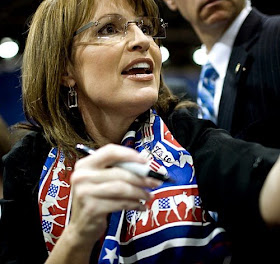
Welcome to the Peddlers Donkey Blog. The humble donkey has served mankind for thousands of years. This blog is a tribute to the much misunderstood ass.
Wednesday, December 31, 2008
Monday, December 29, 2008
GEORGE MORLAND

GEORGE MORLAND (1763-1804) , English painter of animals and rustic scenes, was born in London on the 26th of June 1763 . His grandfather, George H . Morland, was a subject painter, three of whose popular pictures were engraved by Watson and Dawe in 1769 . The son, H . R . Morland, father of George, was also an artist and engraver, and picture restorer, at one time a rich man, but later in reduced circumstances . His pictures of laundry-maids especially were very popular in their time, and were reproduced in mezzotint . They represented ladies of some importance who desired to be painted, according to the fashion of the day, engaged in domestic work . Morland's mother was a Frenchwoman, who possessed a small independent property of her own; she is believed to have been the Maria Morland who exhibited twice at the Royal Academy in 1785 and 1786, although some writers have stated that Maria Morland was not the mother, but one of the sisters of George Morland . At a very early age Morland produced sketches of remarkable promise, exhibiting some at the Royal Academy in 1773, when he was but ten years old, and continuing to exhibit at the Free Society in 1775 and 1776, and at the Society of Artists in 1777, and then sending again to the Royal Academy in 1778, 1779 and 1780 . His very earliest work, however, was produced even before that tender age, as his father kept a drawing which the boy had executed when he was but four years old, representing a coach and horses and two footmen . He was a student at the Royal Academy in early youth, but only for a very short time .

Wednesday, December 24, 2008
Monday, December 22, 2008
Sunday, December 21, 2008
Carol of the Friendly Beasts

Jesus, our Brother, strong and good,
Was humbly born in a stable rude,
And the friendly beasts around Him stood,
Jesus, our Brother, strong and good.
“I,” said the donkey, shaggy and brown,
“I carried His mother uphill and down,
I carried His mother to Bethlehem town;
I,” said the donkey, shaggy and brown.
“I,” said the cow, all white and red,
“I gave Him my manger for His bed,
I gave Him hay to pillow His head;
I,” said the cow, all white and red.
“I,” said the sheep with curly horn,
“I gave Him my wool for His blanket warm,
He wore my coat on Christmas morn;
I,” said the sheep with curly horn.
“I,” said the dove, from the rafters high,
“I cooed Him to sleep that He should not cry,
We cooed Him to sleep, my mate and I;
I,” said the dove, from the rafters high.
Thus all the beasts, by some good spell,
In the stable dark were glad to tell
Of the gifts they gave Emmanuel,
The gifts they gave Emmanuel.
http://www.ramshornstudio.com/carol_of_the_beasts.htm
The song seems to have originated in 12th-century France, set to the melody of the Latin song Orientis Partibus. The current English words were written by Robert Davis (1881-1950) in the 1920s. ] Burl Ives included the song on his 1952 album Christmas Day in the Morning. Since then, it has been recorded by many other artists, including Harry Belafonte, Johnny Cash, Danny Taddei, Peter, Paul and Mary, and Sufjan Stevens.
The Legend of the Donkey's Bray

After hiding in Egypt for some years, Joseph decided to move his family back to Nazareth. During the night they camped along the side of the road. One night while they slept, their donkey heard the soldiers' horses coming from afar. Afraid that the soldiers were coming to kill Jesus, the donkey neighed to wake Joseph. He neighed and neighed, again and again, but his voice was just too soft to wake the sleepers. Finally, as the soldiers approached, the donkey prayed for a loud voice to wake the family. When he neighed again, he was rewarded with the loud bray such as donkeys have had ever since.


















